Last Updated on January 30, 2025 by Cathy
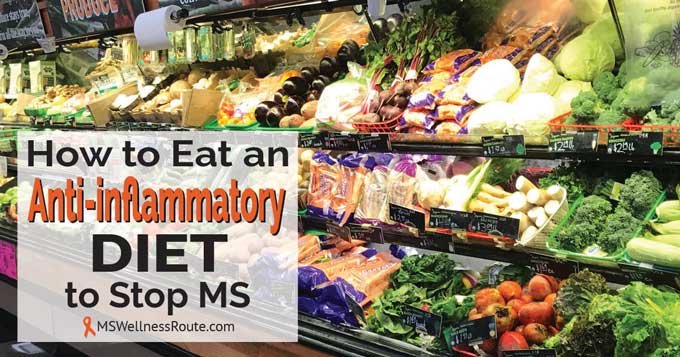
Does an anti-inflammatory diet really work? Inflammation is a normal response in your body, it helps the immune system to work properly. Like when you get a splinter in your finger your body works hard to push it out. This is acute inflammation and it is good for your body.
Chronic inflammation isn’t as noticeable and it can go undetected in your body for years. It’s connected to many different health issues. Including heart disease, cancer, and autoimmune diseases like multiple sclerosis (MS).
Chronic inflammation is a sign that your immune system isn’t working properly. It’s caused by many different factors, one of which is diet. What you eat can either fight the disease or it is creating chronic inflammation.
Multiple sclerosis (MS) is a chronic inflammatory, demyelinating and neurodegenerative disorder of the central nervous system (CNS) and it is the most common cause of non-traumatic neurological disability in young adults.
– BMC
Eat an Anti-inflammatory Diet
Having MS means you have chronic inflammation. So, it only makes sense to eat an anti-inflammatory diet. What exactly does that mean? It means… stop consuming foods that cause inflammation like processed foods, refined sugar, refined carbohydrates, and soda.
Stop Eating Foods That Feed Diseases Including:
- Dairy
- Gluten
- Refined sugar
- Artificial flavors and sweeteners
- Natural flavors
- Corn (it’s mostly a GMO)
- Soy (it’s mostly a GMO)
- MSG
- Canola oil (it’s mostly a GMO)
- Pork (it’s high in fat and prone to parasites)
- Farmed fish (it’s washed in toxic chemicals due to parasites)
- Processed citric acid (it’s mostly derived from corn)
Some foods like nightshades or nuts are healthy for some people but not for others. It’s important to pay attention to your body and remove any food item that causes a bad reaction in your body.
Signs of food sensitivities:
- Acne
- Bloating
- Constipation
- Diarrhea
- Gas
- Gut pain
- Headaches
- Heartburn
- Joint pain
- Rashes
Quick Links To Information In This Link:
What is the Wahls Protocol?
How to Start an Elimination Diet
What are nightshades?
What can I eat?
As you’re first starting out it sounds like there’s not much left to eat. But there are lots of highly nutritious foods you can still eat. The most important are the vegetables. They should cover the majority of your plate and meat should only be a small part.
You can eat all vegetables except corn because it’s a grain. Plus, green beans and peas because they are both a legume, and some people continue to eat green beans and peas. Since you are trying to heal your central nervous system you may want to avoid them.
For most healthy people, nightshades don’t cause a problem. However, many people with an autoimmune disease are highly sensitive to them. I didn’t realize I was sensitive to sweet peppers and tomatoes until I tried an elimination diet.
To cut the inflammation out of your system it’s even better if you only eat meat a few times a week. Conventional meats harbor antibiotics, bacteria, and growth hormones. Plus, farmers feed these animals GMO corn and soy to help fatten them up.
There are areas around the world where people live much longer than average. A book called The Blue Zones by Dan Buettner talks about their diet and lifestyle. Even though their diets were different they all had something in common. They ate mostly a plant-based diet and rarely ate meat. You don’t need to be a vegetarian but you may want to eat less meat depending on your body’s needs.
Foods to eat on an anti-inflammatory diet:
- Vegetables
- Fruit
- Healthy fats
- Nuts
- Seeds
- Herbs and spices
- Wild-caught fish
- Grass-fed meats
- Pasture-raised poultry
If you need help knowing which foods to eat grab The Ultimate Guide to Surviving & Thriving with MS guide. It’s for any autoimmune disease and it’s Free.
How to Get Started Eating an Anti-inflammatory Diet
The first step to eating an anti-inflammatory diet is to realize this isn’t a diet. This is a lifestyle change for the better. Then, start cleaning out your pantry and refrigerator and fill them with natural foods.
Always read the ingredient labels! Avoid any that have ingredients you don’t recognize or that aren’t real food. Look for recipes online or in cookbooks. Visit your local library to see if the cookbook is something you would enjoy before spending money on it.
Eat as many vegetables as possible. Dr. Terry Wahls had secondary progressive MS and depended on a tilt-recline wheelchair. She was able to reverse her MS by eating a highly nutrient-dense paleo-based diet.
This is the diet I follow because I am after the most nutrients. Her book The Wahls Protocol walks you through each step to help you get started. I highly recommend reading her book, you can check it out at your local library.
Dr. Wahls vegetable recommendations of 3 cups each:
- Dark leafy greens
- Sulfur vegetables (broccoli, bok choy, cabbage, garlic, onions)
- Colorful vegetables (not white on the inside)
Eat a diet low in sugar including natural sugars. Bacteria, yeast overgrowth, mycotoxins (mold), and parasites feed on sugar. It’s best to keep your blood sugar low. My son is a type 1 diabetic and he gets his blood sugar tested every three months. The test is called a Hemoglobin A1C, it checks the average blood sugar level from the past three months.
It’s best to have your A1C lower than 5.2 percent. If it is higher you need to lower the number of carbohydrates you eat. Ask your doctor to get tested or get tested through an online lab such as Walk-In-Lab.

My first A1C test results.
Cook at Home

Restaurants use processed foods so it’s best to cook your meals at home. This way you will know exactly what’s in your food. To make cooking easier use a slow cooker double recipes and freeze half for later.
Don’t get stressed out – make it fun. Experiment with new vegetables and easy recipes. I rarely follow recipes and just throw things together. It always turns out to taste pretty good. Add vegetables to all your meals including breakfast. Drink green smoothies or vegetable juices to get more vegetables into your diet. Use herbs like cinnamon, ginger, and turmeric for extra flavor and health benefits.
Eating Out On An Anti-inflammatory Diet
Dining at a restaurant can get a little tricky but that doesn’t mean you still can’t go out and enjoy yourself. Avoid all fast-food restaurants, they use processed foods and unhealthy processed oils. Many restaurants have special menus so ask. Our son is a type 1 diabetic so we ask for a menu that includes the number of carbohydrates for each meal. Occasionally they won’t have one but it doesn’t hurt to ask.
Order baked, boiled, roasted, or steamed items on the menu. Avoid anything fried or has a cream-based sauce. Most salad dressings use processed oils like canola oil. Instead, ask the waiter/waitress if they have olive oil or ask for lemons and squeeze the juice on the salad.
Check the restaurant’s website to see if they have their menu posted online. This gives you an advantage in what you’re going to order. I found that I enjoy eating delicious meals at home over restaurant meals.
How to Eat an Anti-inflammatory Diet to Stop MS
Eating an anti-inflammatory diet may sound restrictive at first. But, as you continue on you should start to feel better with more energy, better digestion, and less brain fog.
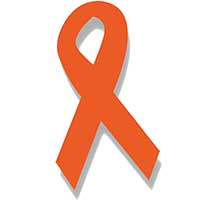
Get Access to my FREE Library!
Get the password to my library which includes MANY wellness printables here by filling out this form:
Want to remember this health tip? Pin it to your favorite Pinterest board!
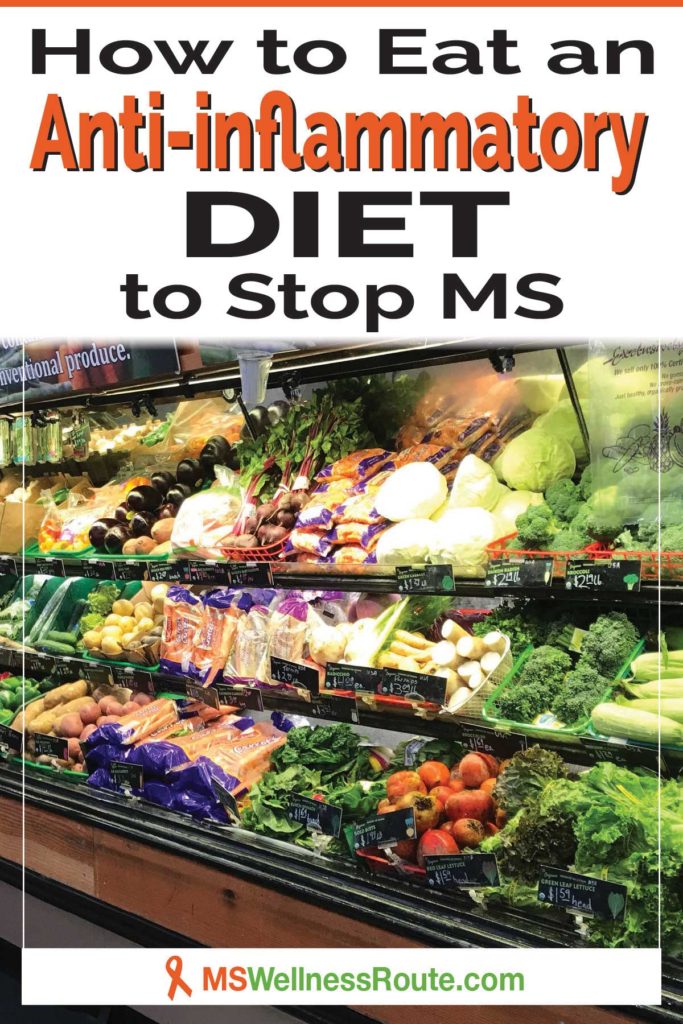
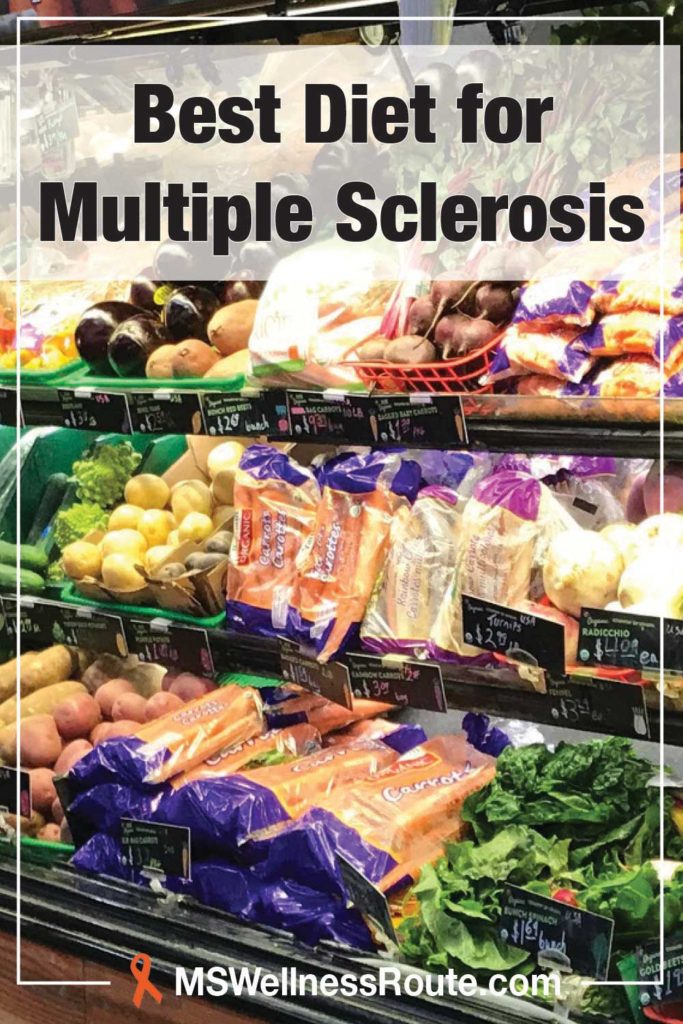
Resources:
https://msddjournal.biomedcentral.com/articles/10.1186/s40893-016-0012-0
How to Eat an Anti-inflammatory Diet to Stop MS
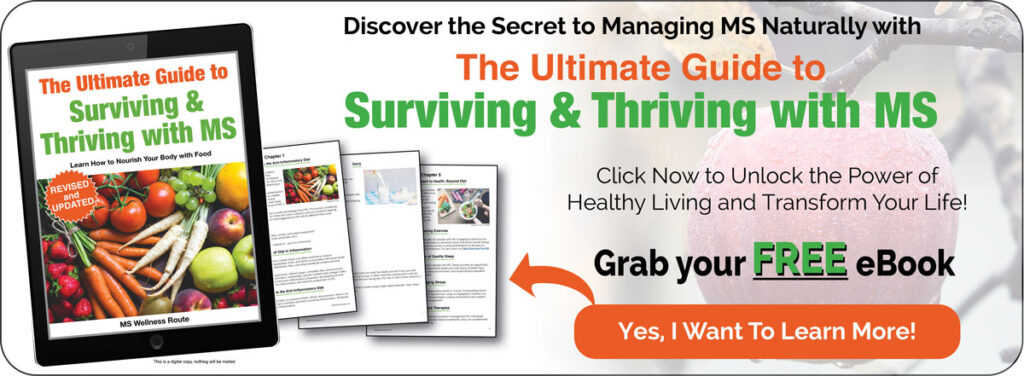
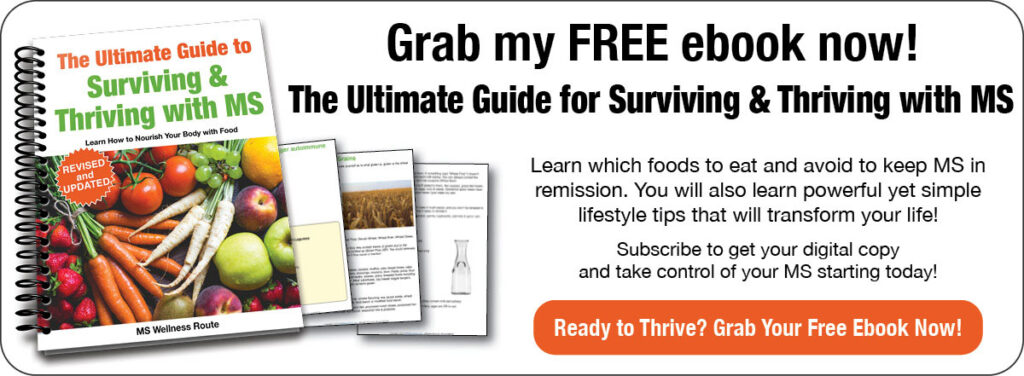






Is your MS reversed or in remission? I have not read of anyone who followed the Wahl’s Protocol and obtained even close to Dr. Wahl’s results. I believe an anti-inflammatory diet/life style is important, but I don’t read read of real results from real people.
My MS has been in remission for years (before I started the Wahls Protocol), meaning it hasn’t gotten worse.
My symptoms didn’t start to reverse until 3 months after I combined the Wahls Protocol with a candida diet following the book Healing Multiple Sclerosis by Ann Boroch but my symptoms didn’t reverse 100%.
I recently discovered I have an EXTREMELY high level of mycotoxins so that is what I’m currently working on. Your body can’t fully heal until you address all of your root causes. It could be diet, infections, viruses, heavy metals, mold, vitamin deficiencies, hormone imbalance, and/or stress (especially emotional stress).
Adjust the diet to fit YOUR needs which is what I did.